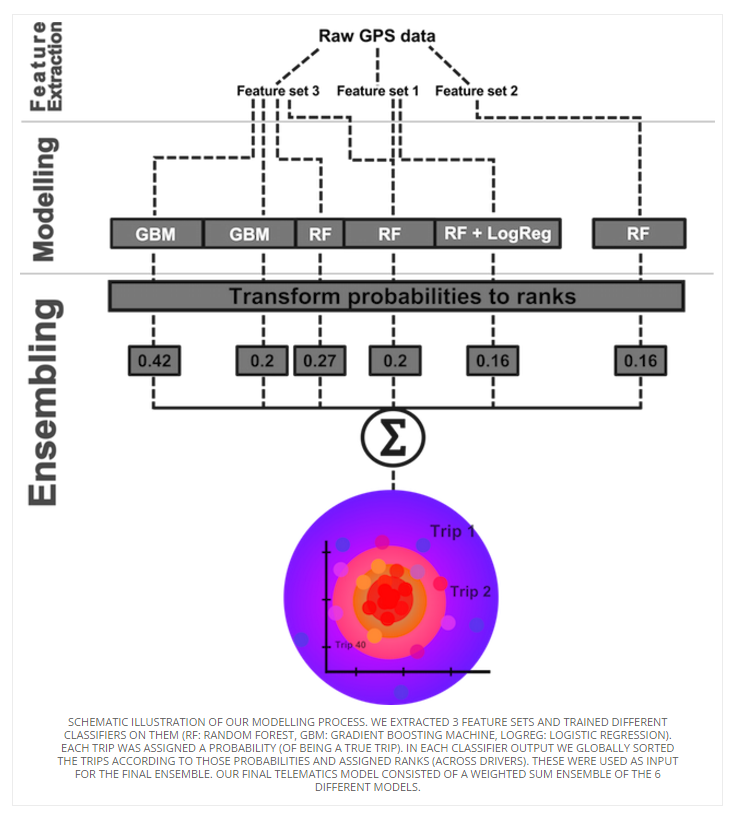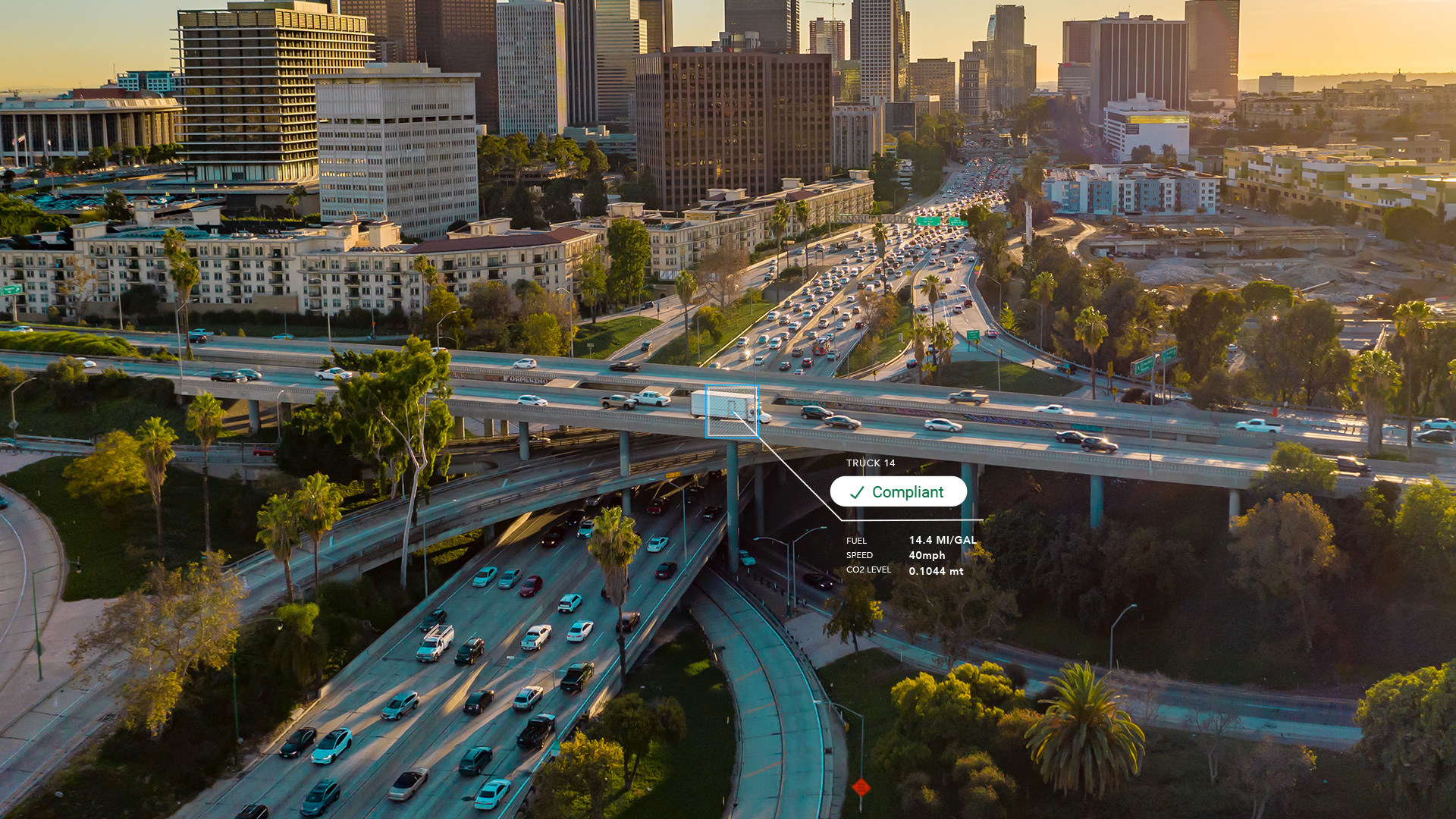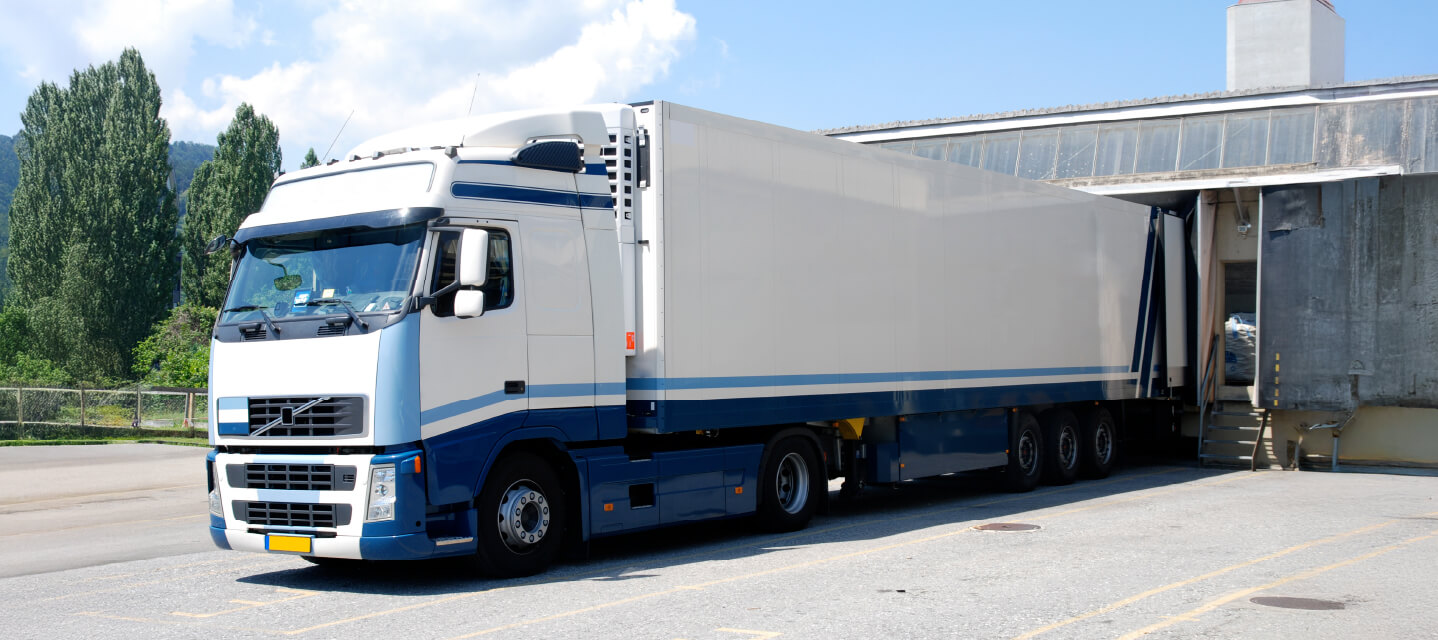The telematic fingerprint: who is behind the wheel?
A telematic fingerprint has profound implications for insurance, fleet management, and other industries. Discover what telematics data reveals.


What happens when an aerospace mechanical engineer, cognitive science student, and cloud architect join forces? They create a telematic fingerprint for drivers.
What is the Telematic Fingerprint?
The team that developed this telematic fingerprint won the $30,000 second place prize in the AXA Driver Telematics Competition hosted by Kaggle, which had 1528 teams participating and over 30,000 entries. The telematic fingerprint identifies who is behind the wheel. It uses raw telematic data to distinguish when a trip was driven by a particular driver — identifying individual drivers from their driving behaviour.
A schematic illustration of the AXA competition winners’ modelling process is featured on the Kaggle blog.
The theory behind the fingerprint is that every driver has an “algorithmic signature.” Telematics data can be used to uncover these patterns in behavior, such as:
- Length of trips (long or short)
- Type of roads driven (highway, residential roads, or back roads)
- Style of driving (smooth driving vs. harsh braking, sudden acceleration, or fast cornering)

Illustration of the algorithm used by the AXA Competition winners. (Source: Kaggle blog)
The Value of Knowing
The telematic fingerprint has profound implications for many industries. For example, automobile insurers would be able to give better deals on a usage-based occasional driver insurance policy. Insurers could evaluate driver behaviour and track how often the insured vehicle is driven by the occasional driver right from the raw telematic data.
Moreover, the telematic fingerprint holds great potential for improving driver and fleet safety by eliminating use of vehicle by unauthorized drivers. Insurers would also be able to track if anyone not on the insurance policy have been driving the vehicle.
An aggregate driving profile can also provide an opportunity for targeted driver coaching with customized in-vehicle driver feedback or a smartphone app.
Suggested Reading: Earning Insurance Discounts with Telematics Data
How the Telematic Fingerprint Is Computed
The telematic fingerprint is computed using machine learning algorithms on raw gps and accelerometer data. There are several methods of identification. One interesting way is to apply algorithms like deep learning that can use raw data to identify features useful in distinguishing the driving behaviour of different drivers. In other words, features are questions that help us distinguish one driver from another, such as “Does the driver frequently perform harsh braking.” Once we have enough of these questions, the answers will uniquely identify a driver.
Open Source Solutions for the Telematic Fingerprint
The winning solution can be downloaded from github. The winning team of this competition used feature extraction, telematic modeling and an ensemble of supervised machine learning algorithms to compute a telematic fingerprint. For another approach, read about this other telematic fingerprint project.
Subscribe to our blog to stay updated on the latest telematics and fleet news.
Related Articles:
Is Your Fleet Ready for Big Data & Advanced Analytics? [Interview]
Subscribe to get industry tips and insights

Javed Siddique is a Senior Data Scientist, Team Lead for Geotab.
Table of Contents
Subscribe to get industry tips and insights
Related posts

Enhancing winter road maintenance with postseason materials usage analyses
June 20, 2025
6 minute read

Multi-stop route planners: A fleet manager's guide + best tools in 2025
June 5, 2025
5 minute read



CARB compliance made easy: 10 ways Geotab simplifies emissions reporting
May 12, 2025
1 minute read
